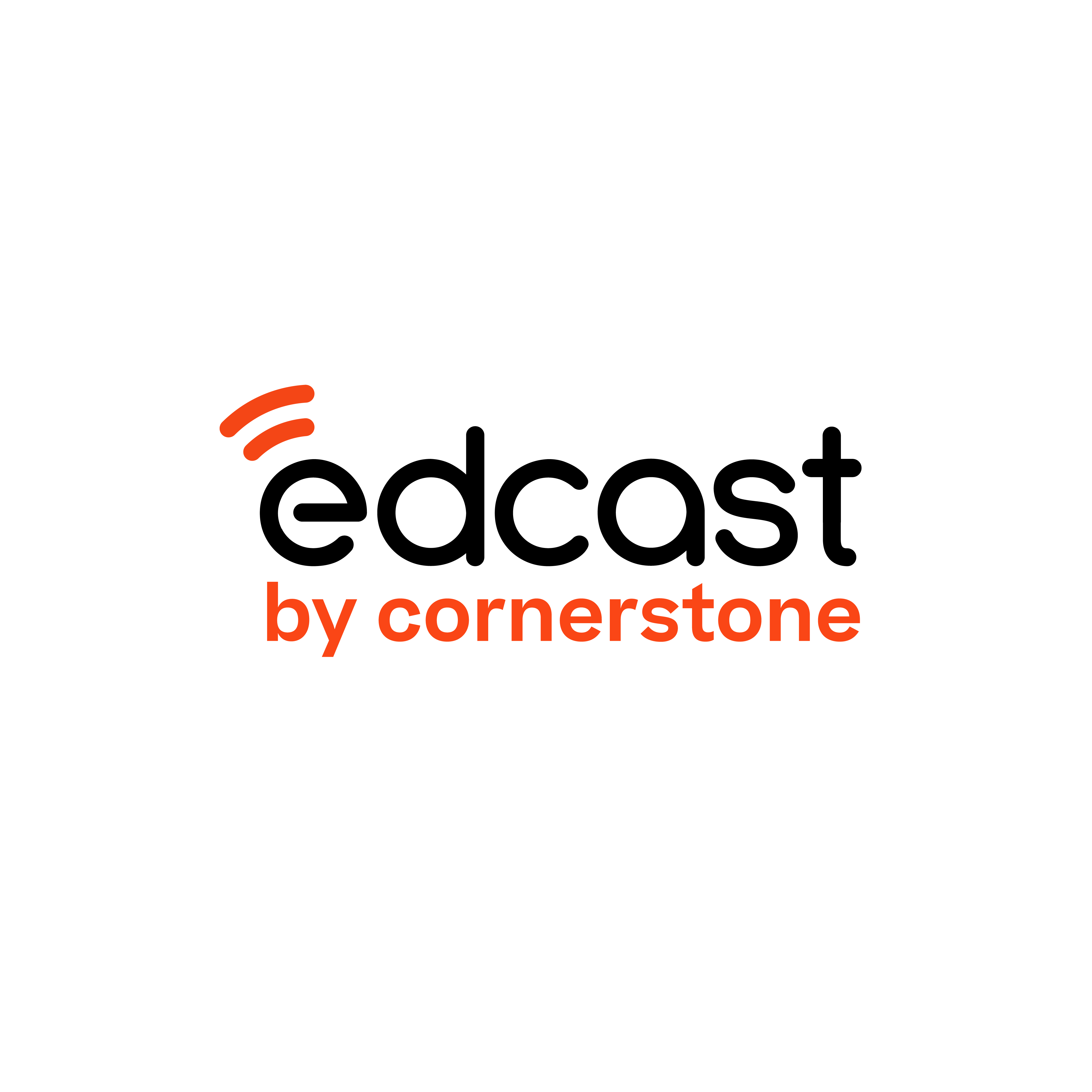Read time: 4 mins

Pop quiz: What’s your most popular learning content? How do your employees consume it? And when?
If you have a millennial staff—and many companies do or will soon, since this is becoming the largest employee cohort—your most successful learning effort may be a bite-sized mobile offering, like a video or an insight. That’s because the on-the-go Google generation learns in small chunks, seeking out information that is immediately relevant to what they’re doing. Traditional conference-room or web-based training is a grind for them. It seems detached from real life—canned and boring and way too long.
And this shift from traditional courses to on-demand learning isn’t just a millennial concern. For many employees, millennials or not, time is of the essence. Most can commit only one percent of their day to learning, according to Bersin by Deloitte. To actually teach them effectively, you’ve got to deliver the right content at the right time. But how?
It’s almost like you need a roadmap to navigate the need-it-now L&D of today…
Well, your wish is our command. Say hello to our version of a roadmap—the Learning Content Lifecycle. The Lifecycle is your guide to creating a learning and development strategy that really works. Here’s how:
Stage One: Acquisition
The good news? Content is everywhere. It’s on your Learning Management System, in your document repositories, and on your intranet and other portals. Content resides in the heads of your subject matter experts and in the expensive contracts you maintain with third-party providers. And of course it’s all over the web.
The bad news? Unless your content is brief, immediately useful, and easy to find, most employees, and especially millennials, won’t even bother with it.
So in Stage One, we work with you to understand all of your third-party content partnerships and figure out whether you are getting value. Third-party providers include e-learning content providers (such and Skillsoft and Lynda.com), periodical subscriptions, and MooC platforms like Coursera and Udemy. They all offer great content—but do you know how much you are paying and how much is actually being consumed?
Our technology allows you to save thousands in annual third-party provider costs by constantly monitoring employee usage so you only pay for what your company uses. At EdCast, we’re so confident in our usage monitoring that we guarantee companies their money back if we don’t increase their savings.
Stage Two: Aggregation
The problem for many companies is that their content is a massive snarl of disorganized information. Learning resources exist on many different platforms and there is no real “middleware” to bring them all together into an integrated content experience. Wouldn’t it be wonderful if you could put your arms around all of this content?
EdCast’s technology aggregates your content into a single, easily searchable platform. That means categorizing everything including managed and paid content; free internet sources like blogs, webinars, and videos; formal LMS; internal content; and masses of stored documents in places like Dropbox or on Box.com.
Stage Three: Curation
Say you want to bake a souffle, but you’ve never done it before. So you watch a video online or read a recipe, whatever you think is the best resource. And because you have the ingredients on hand, you’re in the kitchen, and you’re about to apply what you’re learning, you retain almost all of what you take in. But that’s not usually the case with education. In fact, according to education expert Charles Jennings, most of us will forget about half of what we’ve been told within an hour of being told it. That’s an extreme version of the classic “forgetting curve” theory, which shows a steady decline in retention over days.
The antidote to forgetting? If you use what you learn within one hour of learning it, your retention goes way up. That means that the best time to learn to bake a souffle is when the oven’s preheated, the ingredients are laid out, and you need the information to move forward.
At EdCast, we get you the information you need when you need it with a curation engine that combines algorithms and human review. The curator allows the user to search a unified database of your content from their mobile or desktop computer. It also suggests similar resources based on their search terms—something like Amazon suggesting books based on your purchasing record. Suddenly, your content is easy to search, easy to access, and best of all, memorable. Which makes for on-point souffles, company reports, or any other project.
Stage Four: Creation
Content you create yourself is more valuable to your company than purchased content. Why? Because it’s specific to your business and its needs. It’s original.
Often, this internal knowledge is lurking in the minds of your resident subject matter experts. Our technology can help your experts share their knowledge with as many employees as are interested. At EdCast, our obsession is making it as easy as possible for your experts to publish their insights, via feeds, videos, and shared articles. This information then becomes part of your entire learning library.
We also know that small, bite-sized chunks of knowledge consumed while on the go can be the best scenario for busy employees. At EdCast, we create short spurts of information called SmartBites that can be consumed from you mobile phone, browser, or via our APIs.
Stage Five: Discovery
So you’ve got all of this useful, engaging, and easily searchable content. It’s bite-sized where appropriate and some of it even comes from in-house experts. Now you can really create a culture of daily learning, where your L&D insights are so engaging and well curated that the employee wants to seek them out. And they can, anywhere they can access the internet.
You’ve created a living, breathing learning resource for your company that is collaborative and fun. Watch it take off and keep growing with the help of intuitive learning technology.
For more on how EdCast can help you navigate the Learning Content Lifecycle, contact us.

